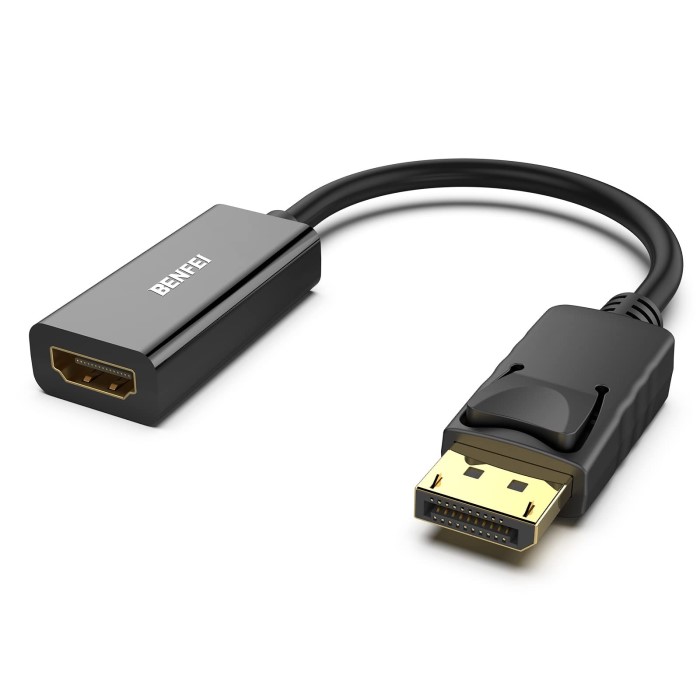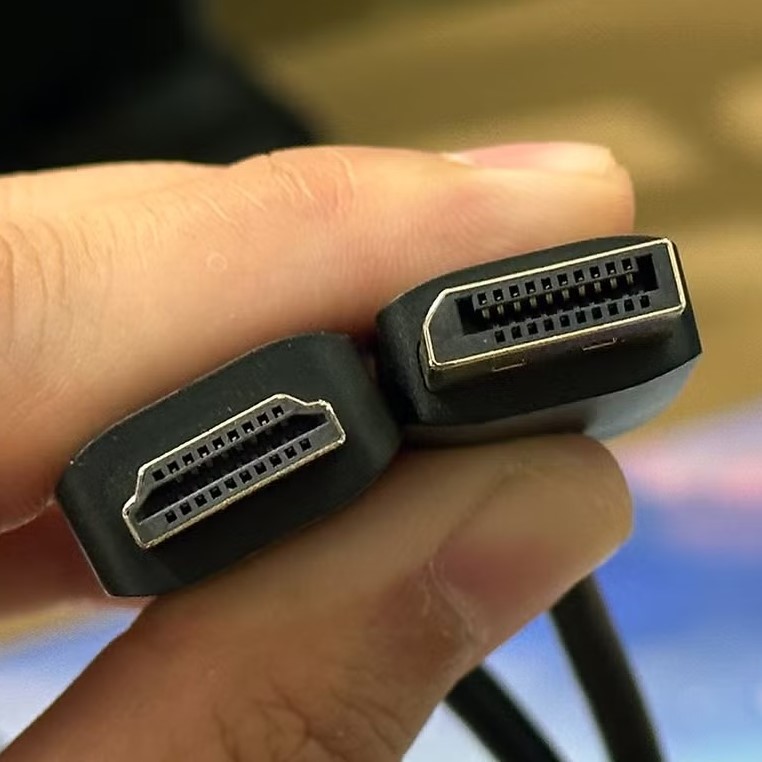Contents
- 1 Introduction to DisplayPort and HDMI Technologies
- 2 Physical Differences: Cables and Connectors
- 3 Resolution and Frame Rate Capabilities
- 4 Audio Features Comparison
- 5 Compatibility with Devices and Electronics
- 6 Gaming Performance: DisplayPort vs HDMI
- 7
- 8 Future Proofing: Considering the Long-Term Use
- 9 Price Comparison and Value for Money
- 10 Conclusion: Making the Informed Choice
Introduction to DisplayPort and HDMI Technologies
When choosing a cable, it’s crucial to understand Display Ports vs HDMI. Both are popular for transmitting video and audio from a source to a display. Here, we’ll break down these key players.
DisplayPort Explained
DisplayPort is a digital display interface. It often connects a computer to a monitor. It’s known for high resolutions and rapid frame rates. Users see it as a choice for gaming and professional tasks.
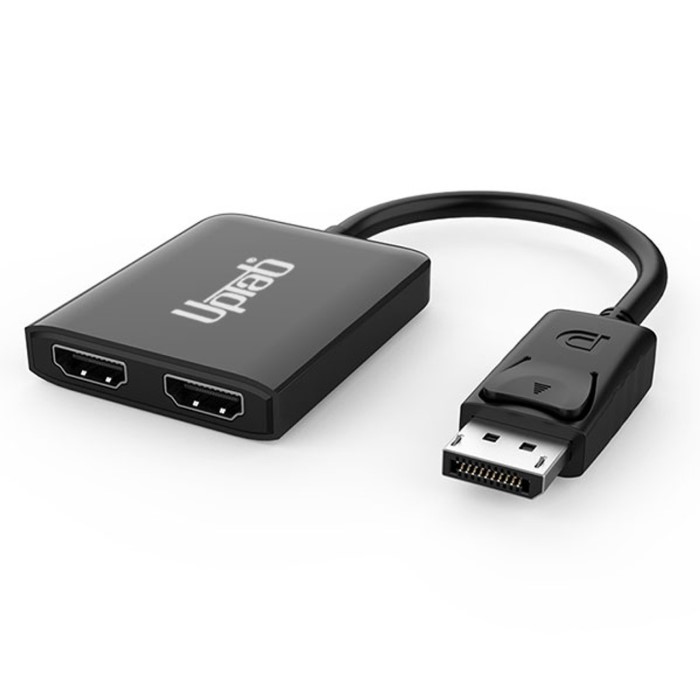
HDMI Explained
HDMI, or High-Definition Multimedia Interface, is versatile. It’s used in TVs, monitors, consoles, and more. It supports various audio and video formats. This makes HDMI a go-to for many home entertainment setups.
Both technologies are evolving. Their latest versions offer improvements in display and audio quality. They differ in features and specifications, which affects user experience. As we delve into display ports vs HDMI, keep these basics in mind. They will help inform your choice between the two.
Physical Differences: Cables and Connectors
When comparing DisplayPort and HDMI, physical differences are evident. Here we focus on cables and connectors to understand better.
DisplayPort Cables and Connectors
DisplayPort uses a distinct connector. It’s often seen as a flat, wide shape with a release button. This button prevents accidental disconnection. The cables can lock into place, giving security during use. They are different in size from HDMI and usually, they come with latches that make them secure once they are plugged in. Some newer versions of DisplayPort also offer smaller connectors, known as Mini DisplayPort.
HDMI Cables and Connectors
HDMI connectors have a more recognizable design. They resemble a typical USB but are wider and flatter. Without a locking mechanism, HDMI relies on the friction of the connector to stay in place. There is a range of HDMI types, including standard, mini, and micro. Unlike DisplayPort, HDMI connectors don’t have a release button or locking feature.
The physical distinctions extend beyond just shape and size. These differences can influence installation and user experience depending on the setup. Both cables are long-lasting but knowing that DisplayPort locks can reassure those with a multi-monitor setup or who frequently adjust their hardware. For those who prioritize ease of use, HDMI’s simple push and pull connectivity might be appealing.
Resolution and Frame Rate Capabilities
When examining display ports vs HDMI, resolution and frame rate are key factors. These determine how clear and smooth visuals appear on your screen.
DisplayPort’s Resolution and Frame Rate
DisplayPort excels in high-resolution displays. It can support up to 8K resolution and offers high frame rates, ideal for gaming and professional use. Its ability to carry larger amounts of data allows for more detailed images and fluid motion.
HDMI’s Resolution and Frame Rate
HDMI also supports 4K and, in some cases, 8K resolutions. It’s suitable for most home entertainment needs. HDMI delivers quality performance for movies and casual gaming. However, it often has lower frame rates compared to DisplayPort.
The choice between DisplayPort and HDMI often depends on the end use. For users who need top-tier display performance with crisp resolution and rapid refresh rates, DisplayPort might be the better choice. HDMI is still a reliable option for general use, with enough capability for a sharp and enjoyable viewing experience.
Audio Features Comparison
When discussing display ports vs HDMI, the audio capabilities are critical. Here’s a look at how they compare:
DisplayPort’s Audio Features
DisplayPort has impressive audio support. It can deliver multiple audio streams simultaneously. That is perfect for professional settings and multitasking. Think of editing videos while monitoring different audio channels. High bit rates are possible with DisplayPort. This means crisp, detailed sound for users.
HDMI’s Audio Features
HDMI is known for its strong audio handling, too. It supports high-definition audio formats. These include Dolby TrueHD and DTS-HD Master Audio. HDMI can also transmit audio and video signals together seamlessly. This simplicity is great for home theaters.
Audio performance is often an important factor in the decision-making process. If you need advanced audio features for professional work, DisplayPort has the edge. For general media consumption, HDMI’s capabilities should more than suffice. Both options will serve users well, but it’s important to consider your specific audio needs.
Compatibility with Devices and Electronics
When debating display ports vs HDMI, considering how each interfaces with various devices is crucial. Here’s how they stack up in compatibility.
DisplayPort Compatibility
DisplayPort has strong support across a wide range of PC hardware. It’s often the preferred choice for computer monitors and professional displays. Many high-end graphics cards feature DisplayPort, enhancing its compatibility with gaming and workstation setups.
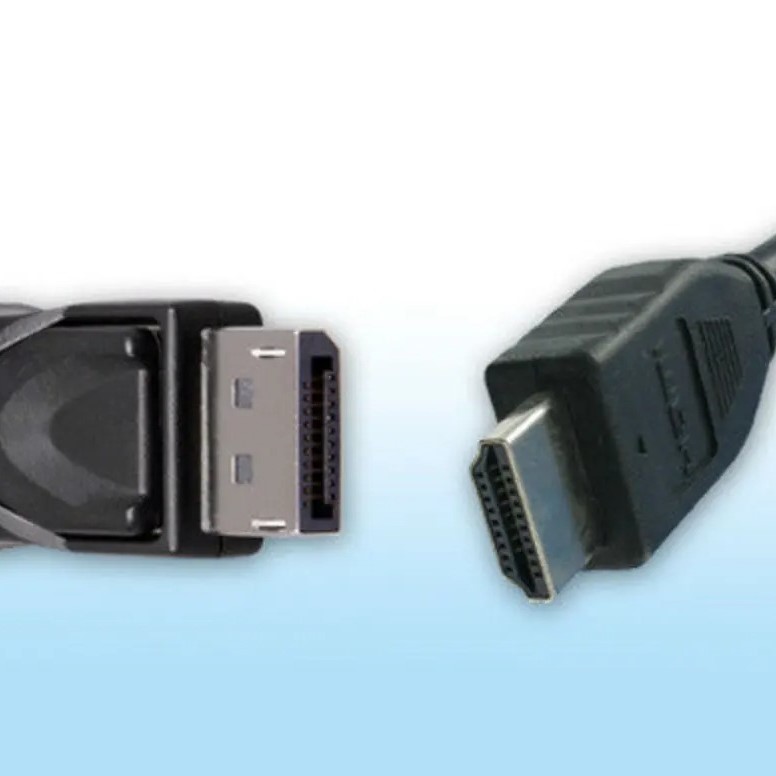
However, fewer TVs support DisplayPort. This limits its use in home entertainment systems compared to HDMI. But for users with a primary focus on computing, DisplayPort may provide broader support for their devices.
HDMI Compatibility
In contrast, HDMI boasts extensive compatibility with a vast array of electronics. This includes not only computers and monitors but also TVs, gaming consoles, and even mobile devices. HDMI’s widespread adoption makes it almost a universal standard.
For general consumers, HDMI’s compatibility with such a broad range of devices makes it a more convenient option. It’s easily integrated into most home entertainment systems without much fuss.
The Verdict on Compatibility
Your choice might hinge on the types of devices you use. If a home theater is your priority, HDMI’s vast compatibility is a clear advantage. For a focus on computing and professional tasks, DisplayPort’s specialized support offers more benefits.
In 2025, the landscape may have shifted with new device releases. Always check the latest specs of your desired devices to ensure cable compatibility. Doing so helps avoid surprises and ensures an optimal connection between your electronics.
Gaming Performance: DisplayPort vs HDMI
For gamers, performance is key, and choosing the right cable can impact gaming experiences greatly. When it comes to DisplayPort versus HDMI, there are a few points to consider.
DisplayPort in Gaming
DisplayPort is often the preferred choice for high-end gaming monitors. Its support for higher resolutions and frame rates make it a go-to for gamers. This matters for those who play fast-paced games and need every frame for a competitive edge. With options for 8K and beyond, plus the ability to push high frame rates, it fits the bill for serious gaming setups.
HDMI in Gaming
HDMI is also capable of delivering a great gaming experience. It supports 4K, which suits the needs of many gamers. The advantage of HDMI lies in its ubiquity. It’s found in most gaming consoles, making it the standard when playing on platforms other than PC. But for frame rates, it might fall behind DisplayPort, especially at the highest resolutions.
The Winning Cable for Gamers
The general rule for gamers: if you’re into PC gaming and want the best visual performance, DisplayPort may be your best bet. For console gamers or those less concerned with peak performance, HDMI will serve you well. It’s also worth noting that with gaming consoles increasingly supporting higher performance specs, HDMI could close the performance gap in the future.
Ultimately, the choice will depend on individual gaming demands and the specs of your gaming system. Always check your device’s capabilities and match them with the cable that meets those requirements.
Future Proofing: Considering the Long-Term Use
When thinking about display ports vs HDMI, it’s smart to consider their future use. Both have a history of updating and offering new features. Let’s weigh their potential for long-term use.
Staying Current with DisplayPort
DisplayPort keeps evolving. Recent versions handle higher bandwidth for video and audio. This means it’s ready for future displays with even greater resolutions. Choosing DisplayPort could be a way to make sure your setup stays up to date.
Longevity of HDMI
- Frequent Updates:
- HDMI technology is regularly updated to keep pace with advancements in the entertainment industry. These updates introduce new specifications that enhance the capabilities of the HDMI standard.
- Support for Emerging Technologies:
- With each new update, HDMI incorporates features that support emerging technologies. This includes better resolutions, higher refresh rates, and improved audio formats, which are essential for a high-quality viewing experience.
- Compatibility with Future Devices:
- By using HDMI, users can ensure that their existing devices will likely remain compatible with future gadgets and televisions. This is crucial as technology evolves rapidly, and HDMI is designed to adapt to these changes.
- Safe Investment for Home Setups:
- Choosing HDMI is a wise decision for anyone setting up a home entertainment system. Its long-lasting design and frequent enhancements make it a reliable choice for sustained use over time.
- Widespread Adoption:
- HDMI continues to be widely adopted across various devices, including TVs, gaming consoles, and computers. This broad compatibility contributes to its longevity and makes it a standard in home entertainment.
- Future-Proofing Your Setup:
- Opting for HDMI connections can future-proof your setup, minimizing the need for frequent upgrades or replacements of your audio-visual equipment as new technologies emerge.
Balancing Tech Advancements and Needs
The reality is, tech moves fast. Today’s standards may change in a few years. When choosing a cable, think of your current needs and any plans to upgrade devices. Balance your present requirements with an eye towards future tech trends.
Planning for Upgrades
Upgrading gear is common. If you plan to invest in the latest tech regularly, consider which cable will match future standards. DisplayPort might be best for cutting-edge computing. HDMI could be right if you plan to keep expanding your home media.
Choosing cables with future-proofing in mind means less worry and more enjoyment. This applies whether you’re a gamer, a professional, or a casual user. Look at the latest tech trends and see how your choice in cables can meet future demands.
Price Comparison and Value for Money
When weighing your options between DisplayPort and HDMI, cost is a significant factor. As we approach 2025, technology has advanced, and prices have fluctuated. Let’s explore the value for money these technologies offer.
DisplayPort Pricing
DisplayPort cables tend to be moderately priced. They offer high performance, particularly for users with demands for high resolution and frame rates. If you’re a professional or a gaming enthusiast, investing in DisplayPort might give you value for your money.
HDMI Pricing
HDMI cables are generally more affordable and widely available. They cater to a vast range of devices. For the average user, HDMI offers a cost-effective way to meet everyday audio and video needs. You can find various qualities that match price points for any budget.
Assessing Value for Money
You should also consider the value that each cable type provides beyond just price. DisplayPort might cost more, but it also delivers advanced capabilities. It might be worth the extra spend if you need that level of performance. On the other hand, HDMI’s lower cost and broad compatibility offer immense value for general use.
Long-Term Savings
Consider potential savings over time as well. A slightly more expensive cable that’s more durable or provides better performance might save money in the long run. You won’t need to replace it as often. For those planning to use their setups for years, this is a crucial consideration.
Choosing between display ports vs HDMI isn’t just about the initial price. It requires thinking about your specific needs and how each cable’s features balance against their cost. When deciding, factor in the long-term use and potential savings from not having to frequently upgrade or replace your cables.
Conclusion: Making the Informed Choice
In summing up the debate between display ports vs HDMI in 2025, it comes down to individual needs. DisplayPort might be your choice for cutting-edge graphics, gaming prowess, and professional demands. Its high resolution and frame rates, secure connectors, and evolving standards set it apart for specific tasks. HDMI, with its easy-to-use interface, broad device support, and affordability, might suit your everyday entertainment and media needs.
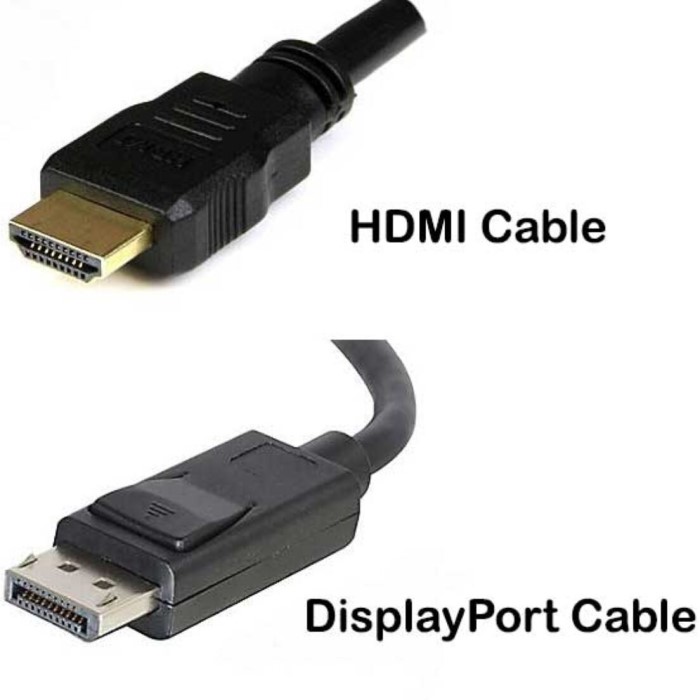
Remember, the best cable for you depends on several factors. Think about your current devices and how you plan to use them. Are you gaming at high resolutions, or are you more into streaming movies and shows? Maybe you’re setting up a home theater or a multi-monitor workstation. Consider your budget, too. How much are you willing to spend, and can you foresee needing upgrades soon?
It’s crucial to stay informed about the latest capabilities of both DisplayPort and HDMI. As technology advances, so do these standards. By considering long-term tech trends and understanding the specifications of your electronics, you can make a choice that won’t quickly become outdated. Weigh the physical differences, resolution, frame rates, audio features, device compatibility, gaming performance, and price. Then, align them with your specific requirements.
Whether you lean toward DisplayPort for its performance or HDMI for its versatility and value, ensuring you’ve chosen the most suitable cable for your needs will enhance your digital experience both now and in the years to come.
